Kelvin K. A. Looi - MDM for Customer Data: Optimizing Customer Centric Management of Your Business
Here you can read online Kelvin K. A. Looi - MDM for Customer Data: Optimizing Customer Centric Management of Your Business full text of the book (entire story) in english for free. Download pdf and epub, get meaning, cover and reviews about this ebook. year: 2016, publisher: MC Press, genre: Business. Description of the work, (preface) as well as reviews are available. Best literature library LitArk.com created for fans of good reading and offers a wide selection of genres:
Romance novel
Science fiction
Adventure
Detective
Science
History
Home and family
Prose
Art
Politics
Computer
Non-fiction
Religion
Business
Children
Humor
Choose a favorite category and find really read worthwhile books. Enjoy immersion in the world of imagination, feel the emotions of the characters or learn something new for yourself, make an fascinating discovery.
- Book:MDM for Customer Data: Optimizing Customer Centric Management of Your Business
- Author:
- Publisher:MC Press
- Genre:
- Year:2016
- Rating:5 / 5
- Favourites:Add to favourites
- Your mark:
MDM for Customer Data: Optimizing Customer Centric Management of Your Business: summary, description and annotation
We offer to read an annotation, description, summary or preface (depends on what the author of the book "MDM for Customer Data: Optimizing Customer Centric Management of Your Business" wrote himself). If you haven't found the necessary information about the book — write in the comments, we will try to find it.
Practical and informal, this manual clearly defines Master Data Management (MDM), a set of processes and tools that consistently define and manage the nontransactional data entities of an organization. Demonstrating how to implement MDM and how to make it complement other IT solutions, this handbook proves that MDM is a fascinating and up-and-coming approach that allows organizations to run customer-centric business operations. With chapters on data governance, MDM data domains, and customer-data case studies, this reference will appeal to programmers, chief information officers, and information technology architects and managers.
Kelvin K. A. Looi: author's other books
Who wrote MDM for Customer Data: Optimizing Customer Centric Management of Your Business? Find out the surname, the name of the author of the book and a list of all author's works by series.

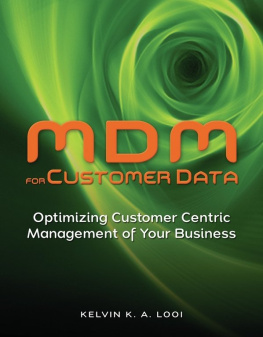

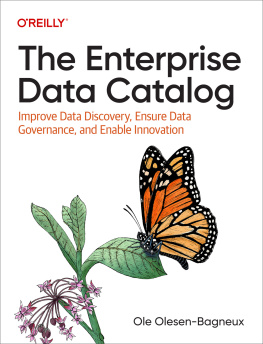
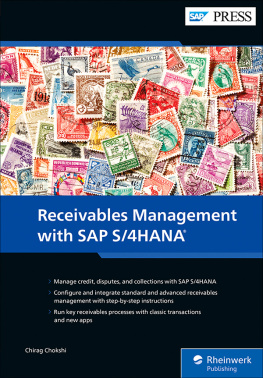
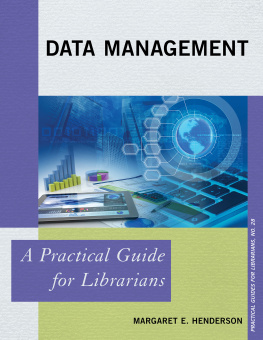
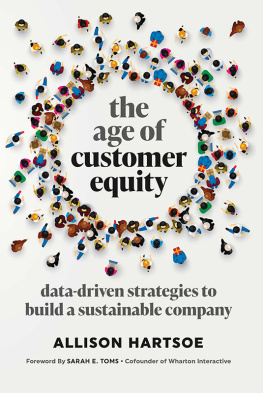

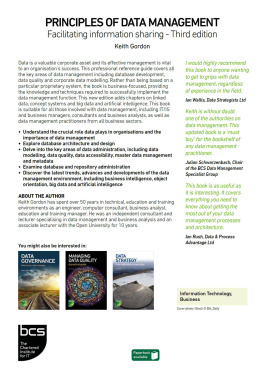

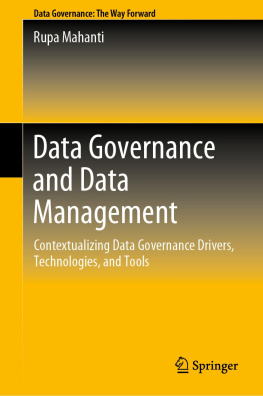
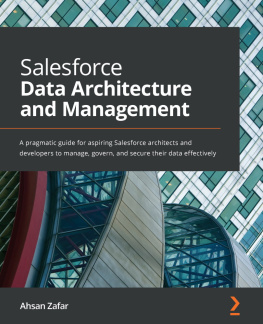
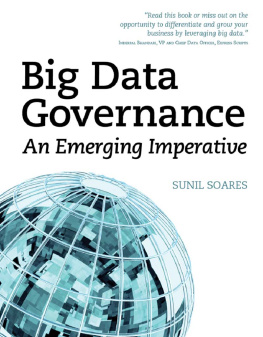
![Bart Baesens [Bart Baesens] - Analytics in a Big Data World: The Essential Guide to Data Science and its Applications](/uploads/posts/book/119608/thumbs/bart-baesens-bart-baesens-analytics-in-a-big.jpg)
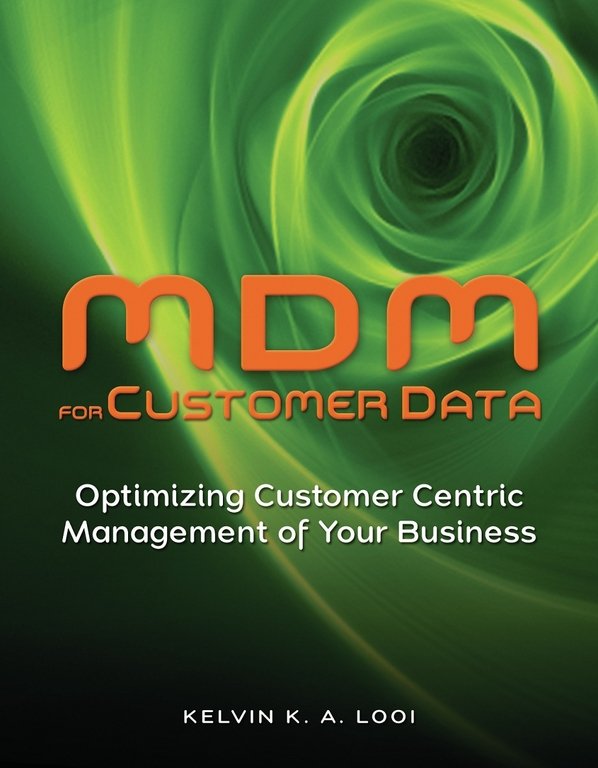
 Know who they are
Know who they are Who they are
Who they are